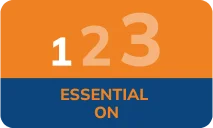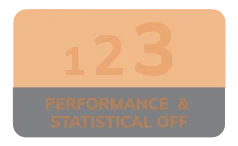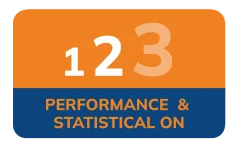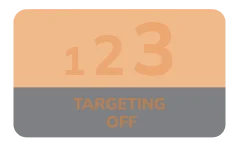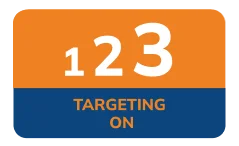Spoofing
Website spoofing is the act of creating a website, as a hoax, with the intention of performing fraud. To make spoof sites seem legitimate, phishers use the names, logos, graphics and even code of the actual website. They can even fake the URL that appears in the address field at the top of your browser window and the Padlock icon that appears at the bottom right corner.
Fraudsters deceives their victims by pretending to be someone they’re not. Fraudsters send e-mails with a link to a spoofed website asking you to update or confirm account related information. They might send you an email that looks like it is from ICICI Bank but in fact is a spoofed/fake email address. This is done with the intention of obtaining sensitive account related information like your Internet Banking User ID, Password, PIN, credit card / debit card / bank account number, card verification value (CVV) number, etc.
- ICICI Bank will never send e-mails that ask for confidential information. If you receive an e-mail requesting your Internet Banking security details like PIN, password or account number, you should not respond.
- Check for the Padlock icon: There is a de facto standard among web browsers to display a Padlock icon somewhere in the window of the browser For example, Microsoft Internet Explorer displays the lock icon at the bottom right of the browser window. Click (or double-click) on it in your web browser to see details of the site's security.
- Check the webpage's URL. When browsing the web, the URLs (web page addresses) begin with the letters "http". However, over a secure connection, the address displayed should begin with "https" - note the "s" at the end.
For example: Our home page address is http://www.icicibank.co.uk. Here the URL begins with "http" meaning this page is not secure. Click the tab under "Login". The URL now begins with "https", meaning the user name and password typed in will be encrypted before being sent to our server.
- Don’t click on “login” or “verify/update your account” links in the emails. Always open a new window and use the Bank’s official page to log into your account
- In case you've provided your financial or personal information to someone who you later think is a scammer, immediately call us at 0344 412 4444 (in case you are in UK) or +44 203 478 5319 (in case you are outside the UK) and ask about cancelling fraudulent transactions and/or blocking future changes.
- You may also report your incident to Action Fraud at https://reporting.actionfraud.police.uk/login and other institutions with whom you relationships.
For more information and guidance on cyber security, kindly visit website of the National Cyber Security Centre (NCSC) at www.ncsc.co.uk. The NCSC is an organisation of the United Kingdom Government that provides advice and support for the public and private sector in how to avoid computer security threats.
Scroll to Top






